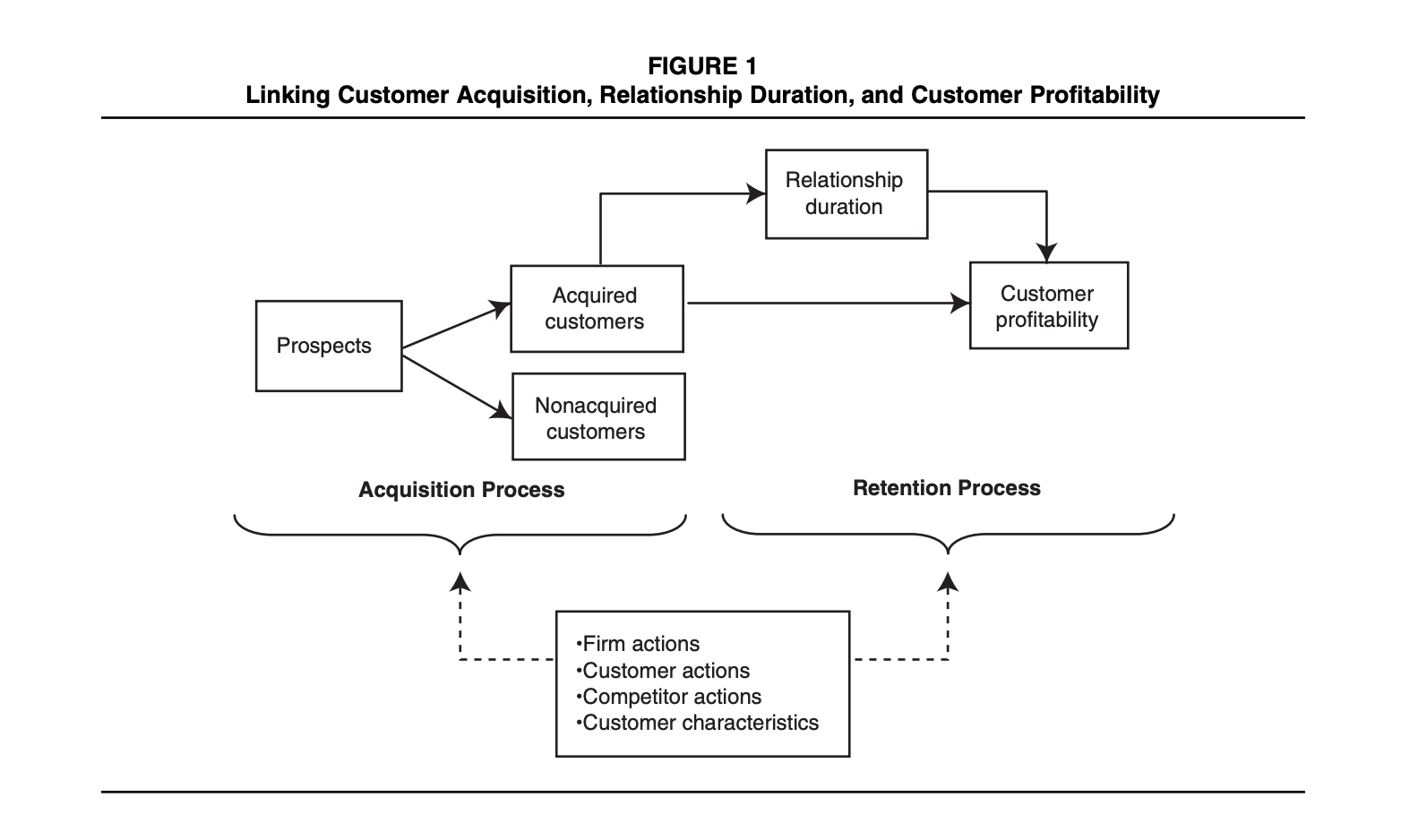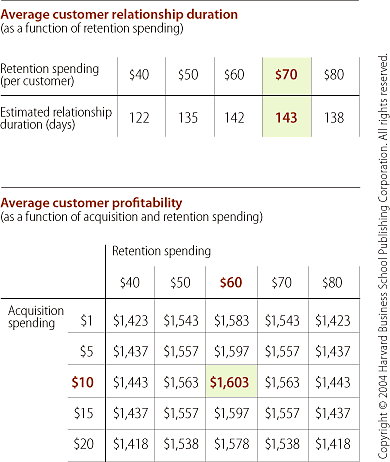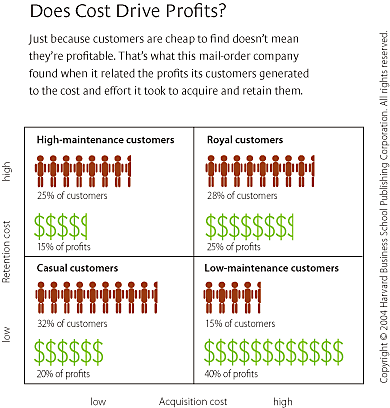Maths of marketing
In future, hire a creative marketer with a talent for statistics.

Did you know that spending too much, or too little, on your marketing efforts - (even by just a few percentage points) has a massive influence on how profitable your business is.
There are also big profitability implications as to what specific ratio of your marketing budget you assign to customer acquisition vs retention.
Get the maths wrong and profit evaporates.

A sweet spot does however exists that's a kind of holy grail for marketers and CFOs alike.
Here's how it works:
Most companies still use the customer acquisition rate (the percentage of people targeted by a direct-marketing effort who actually become customers) and the customer retention rate (the duration of a customer’s relationship with the firm) as their principal metrics of marketing performance.
This however is a flawed approach for two reasons:
(1) Focusing on raising rates ever higher encourages marketers to overlook the law of diminishing returns. Inevitably, beyond a certain point, the cost of acquiring or retaining a customer outweighs the revenues he or she will bring in; after that point, of course, increasing the acquisition or retention rate only lowers the company’s profitability.
Ideally what you want to be uncovering is the exact ratio of acquisition and retention spend where customer profitability is at its highest. Overspending increases variable costs and reduces profitability, but underspending (especially on retention) can be disastrous.

(2) Managers focus too much on the present cost of acquiring and retaining customers and not enough on their customers’ long-term value. Many marketers tend to group their customers into four segments, solely according to the difficulty and cost of acquiring and retaining them, essentially ignoring the revenues those individuals generate. Sadly not all customers behave predictably. - via

Research into customer profitability vs. the costs associated with acquiring and retaining those customers threw up some surprising results.
The largest profit contribution came from the smallest group, the customers who were expensive to acquire but cheap to retain. They made up only 15% of the total but were responsible for fully 40% of the profits.
For all companies profitable customers will be found in all four segments, but the distribution will vary.

